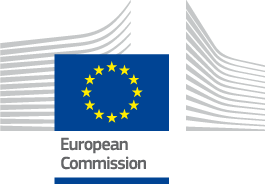Cocoa is a major source of income for millions of people worldwide. The top four exporting countries are Cote d’Ivoire, Ghana, Ecuador and Cameroun. As the European Union accounts for 60% of the world’s imports of cocoa, efforts to improve sustainability and transparency of the cocoa value chain are crucial. In many countries, cocoa production entails environmental and social risks including deforestation and forest degradation, child labour, and low revenues for smallholder farmers.
In order to reduce forest loss, and to improve monitoring and supply chain tracking, the Food and Agriculture Organization of the United Nations (FAO), with support from the European Union (EU) will be developing open-source tools and techniques to help producer countries map and quantify the extent of cocoa producing areas and the potential impacts on forests. Starting in Cameroun, the Cartography of Cocoa and Forest Impacts (COCOFORI) initiative will work with national counterparts to develop transparent and repeatable methods to assess the extent of cocoa production in 2020 using innovative satellite and earth observation data and open-source tools from the Open Foris toolbox, including Collect Earth Online, and SEPAL.
This cross cutting project will align with efforts under the Forest Data Partnership, and AIM4Forests to reduce deforestation and forest degradation, innovating and strengthening forest monitoring efforts by providing open and accessible data and tools, improving efficiency and reducing cost.
Key elements
 | OPEN-SOURCE - An approach based entirely on publicly available datasets and tools, such as FAO's SEPAL platform |
 | TRANSPARENT - shareable code and algorithms will be available to adapt to other crop types or geographies |
 | REPRODUCIBLE - capacity development to allow countries to develop their own maps and analyses, provide updates and improvements over time |
Partners
This project is funded by the European Union and unites international research centres and organizations with national ministries in Cameroun, civil society and academia.
Expected results
Related Links
- EU Observatory on deforestation and forest degradation
- FAO Global Assessment of Direct Drivers of Deforestation and Degradation
- Open Foris platform
- Regulation on Deforestation-free products
- SEPAL platform

Cartographic products
Outputs will be available in this interactive map of cocoa in Cameroun


Land cover map for 2020 indicating extent of shade and sun cacao, and mixed crops, forest and non-forest

Evaluation of the impact of cocoa on deforestation since 2010

A deforestation risk map showing the potential future impacts of cocoa expansion

